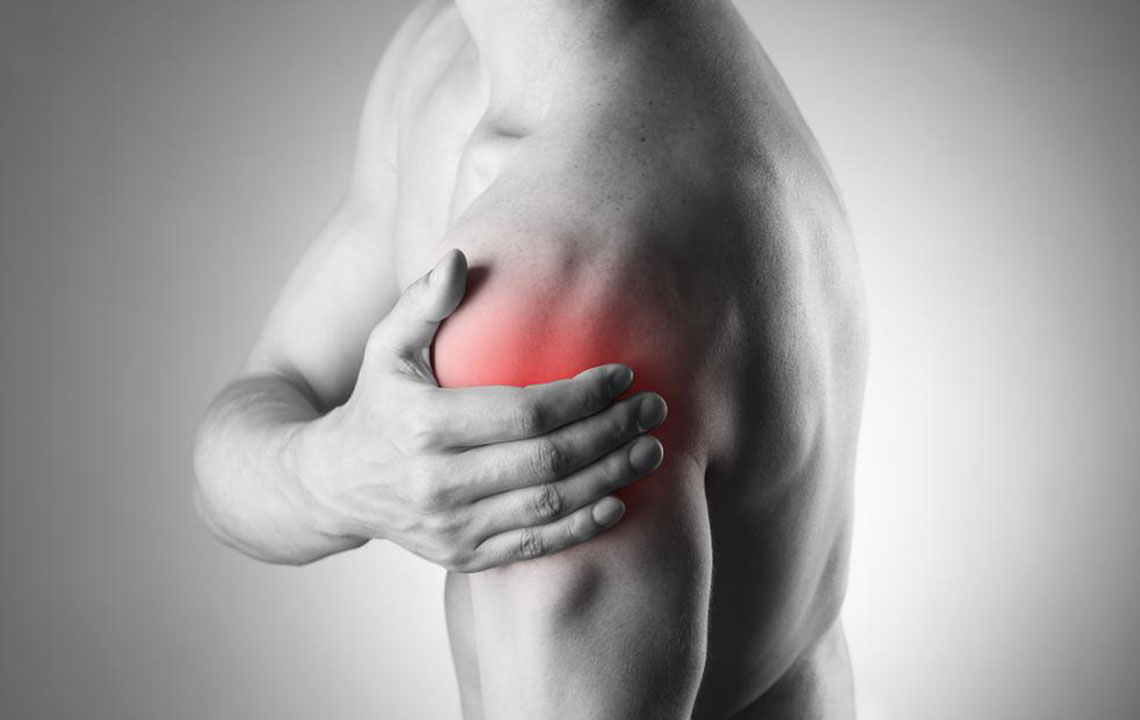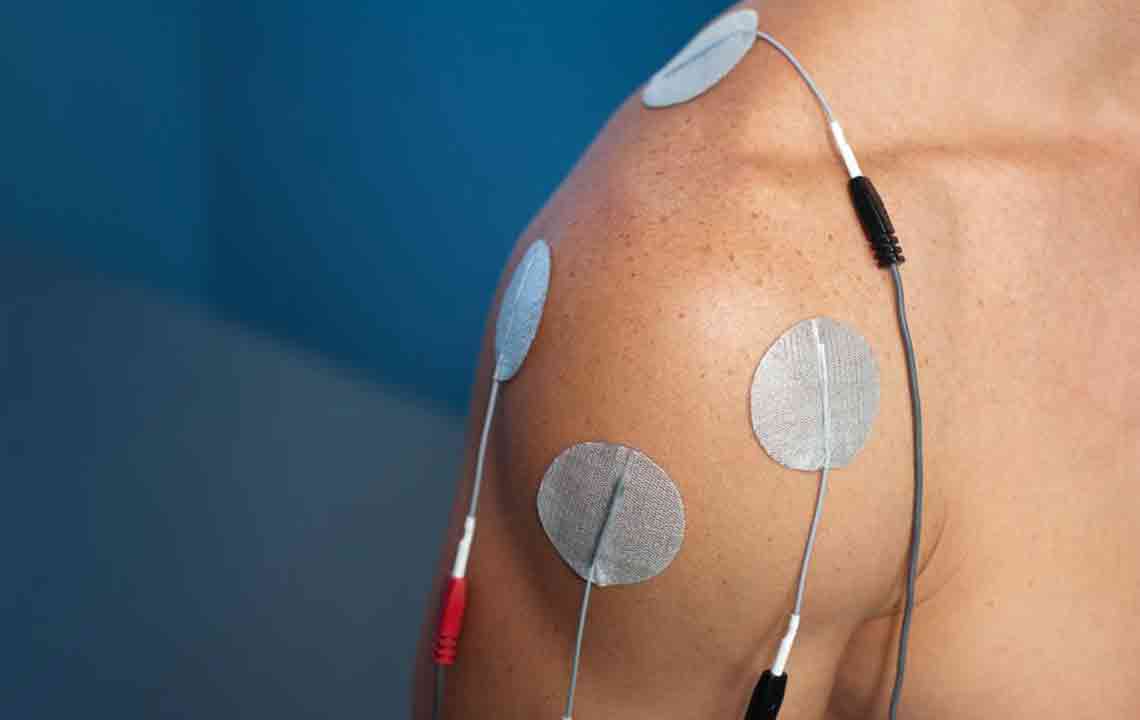Effective Management and Treatment Options for Rotator Cuff Tears
Discover effective strategies for diagnosing and treating rotator cuff injuries. The guide covers conservative methods like RICE, physical therapy, and when surgery is necessary, including arthroscopic repairs and shoulder replacements. Early intervention by healthcare professionals can ensure faster recovery and improved shoulder function.

Comprehensive Guide to Diagnosing and Addressing Rotator Cuff Injuries
What is a rotator cuff injury?
A rotator cuff injury refers to damage or inflammation in the shoulder's muscles and tendons. It involves four main muscles that maintain shoulder stability and facilitate movement.
Such injuries may be caused by impingement, tears, or degeneration from aging or repetitive stress. Common symptoms include shoulder pain, swelling, stiffness, weakness, and difficulty lifting objects.
Patients might also notice clicking sounds during arm movements and experience pain when moving the shoulder.
Strategies for Alleviating Rotator Cuff Pain
Accurately diagnosing the injury allows for targeted interventions, including:
Rest, Ice, Compression, Elevation (RICE): These initial steps help reduce inflammation and pain after injury.
Rest: Limiting shoulder movement facilitates healing and prevents additional strain.
Icing: Applying an ice pack for 10-15 minutes, twice daily, diminishes swelling and eases discomfort.
Compression: Wrapping the shoulder with a loose bandage controls swelling and pain without impairing circulation.
Elevation: Keeping the shoulder above heart level promotes recovery, especially during rest.
If these approaches prove inadequate and symptoms persist or worsen, advanced treatments may be needed:
Injections: Corticosteroid injections can temporarily lower inflammation and pain but should be used cautiously to prevent tendons weakening.
Physical Therapy: Exercises such as shoulder stretches, pendulum motions, wall stretches, and doorway stretches help improve strength and flexibility, speeding up recovery.
When conservative methods are insufficient, surgical options include:
Arthroscopic Tendon Repair: A minimally invasive procedure using small cameras and instruments to reattach torn tendons, supporting quick recovery.
Open Tendon Repair: Traditional surgery involving a larger incision for severe tears requiring extensive repair.
Tendon Transfer: Moving a nearby tendon to replace irreparable tendons and restore function.
Shoulder Replacement: For advanced joint deterioration, artificial implants replace damaged parts of the shoulder joint.
Reverse Shoulder Arthroplasty: A modern technique reversing joint structure when rotator cuff repair isn't feasible.
Seeking prompt medical advice is essential if a rotator cuff injury is suspected to determine the best treatment course.


